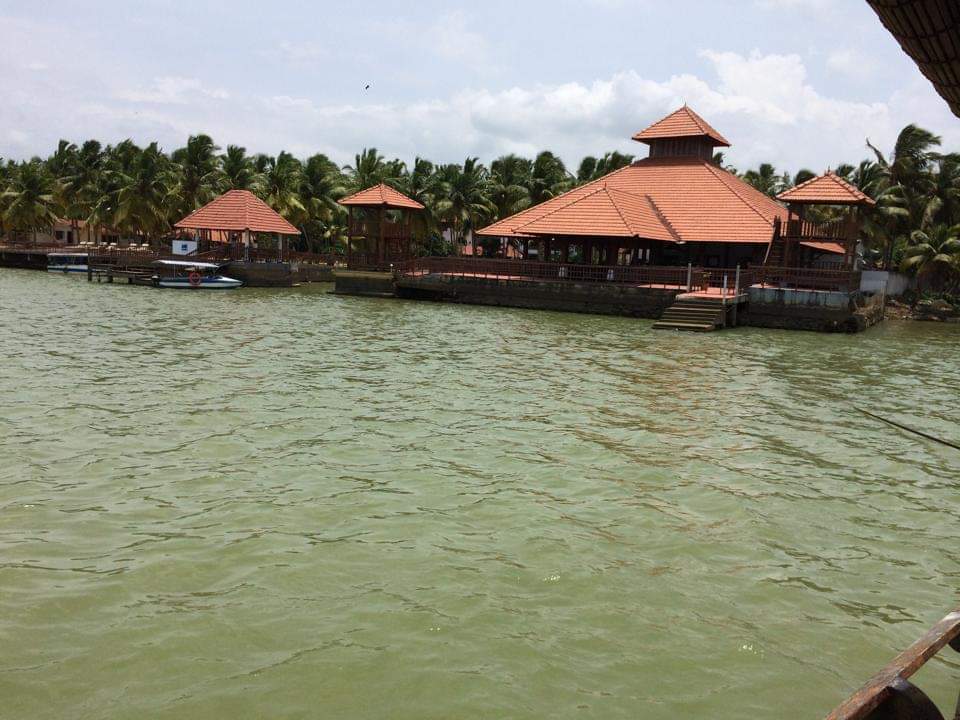| Destination: Shendurney Wildlife Sanctuary |
| Destination Type: Wildlife |
| City: Kollam |
| Country: India |
Getting there
By road: Kollam KSRTC, Central Bus Station, Enquiry Ph: 2752008
By rail: Kollam is an important railhead of the Southern Railways. Kollam Junction Railway Station, Enquiry Ph: 131
By air: Nearest airport: Thiruvananthapuram (71 km)
By water: Kollam Boat Jetty, is adjacent to the Central Bus Station (3 km from the railway station)
The Shenduruney forest - declared a wildlife sanctuary in 1984 gets its name from an endemic species of tree called Chenkurunji (Gluta travancorica). In the central region of this moist, mixed deciduous forest, spread over hilly terrain of over 172 sq km, is the 26 sq km artificial lake formed by the Parappar dam built across the Shenduruney, Kulathupuzha and Kazhuthurutty rivers.
The sanctuary surrounds the reservoir of the Thenmala Dam. The first eco-tourism project in India, Thenmala Eco-tourism Project has been formulated in and around Shenduruney Wildlife Sanctuary. Shendurney Wildlife Sanctuary is unique in its scenic beauty and authentic ambience of nature. Nature loving tourists are given a rare opportunity to stay inside the forests in specially built camping houses as part of the camping packages run by Shendurney Ecotourism. Along with jungle camping, tourists are offered vegetarian food, trekking, jeep safari , bird watching etc.
Shendurney hosts such of 5 camping sites at Idimuzhanganpara, Pallivasal, Rockwood and Kurunthotti valavu and Lake view ‘n’ Kalamkunnu. Shendurney ecotourism is unique and special from others by virtue of its unmatchable trekking and camping packages. Shendurney Wildlife Sanctuary is easily accessible from Kollam town. It is a must visit site for all wildlife and nature lovers. Come, get enchanted by the diverse natural splendour.Shendurney, another bash in a tropical semi-evergreen forest! For company, you may have some die-hard party animals - elephants, tigers, leopards, bisons, sambar, wild boar, lion-tailed macaques, nilgiri langur, deer and many of the other inhabitants of a west coast tropical evergreen forest.
The significance of the sanctuary lies in its ecological, faunal, floral and geomorphological importance. Various factors contributing to the significance of the area are as indicated below:
Abundance of Gluta travancorica, an endemic species of Agasthyamalai region.
It is a treasure house of plant diversity. About 1257 species of flowering plants belonging to more than 150 families are reported from this sanctuary of which 309 species are endemic to Western Ghats.
Occurrence of more than 100 species of threatened plants within the sanctuary, which is the type locality of several endemic and threatened species.
Presence of wild populations of lion-tailed macaque, a highly endangered species.
Presence of other wild animals like elephant, tiger, leopard, bear, Nilgiri langur, Malabar giant squirrel etc.
High degrees in diversity of avifaunal wealth – 267 species of birds were reported including migratory, endemic and endangered species.
An artificial lake of nearly 18.69Sq.km within the sanctuary attracts a large number of water birds
The watershed of Kallada reservoir roughly coinciding with the boundary of the sanctuary is an important source of water for irrigation purposes to the districts of Kollam and Pathanamthitta.
As part of the Agasthyamalai Biosphere Reserve, the sanctuary has an important role to play in conserving the rich biological diversity.
Presence of unique vegetation of Myristica swamps.
The first eco-tourism project in India, Thenmala Eco-tourism Project making use of land and water area of the sanctuary add colour to the prominence of the sanctuary, its role in the nature education and promoting ecologically sustainable tourism.
